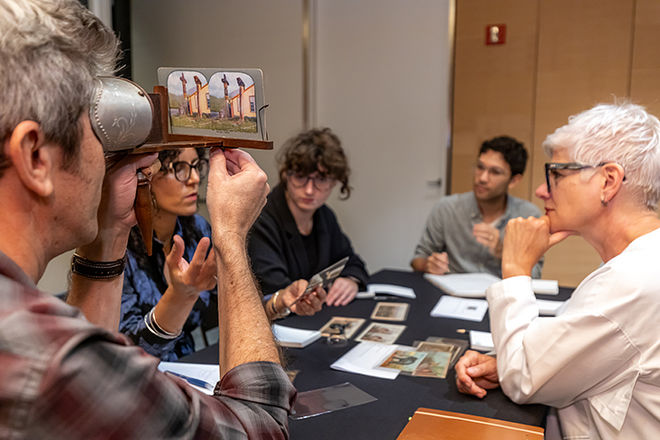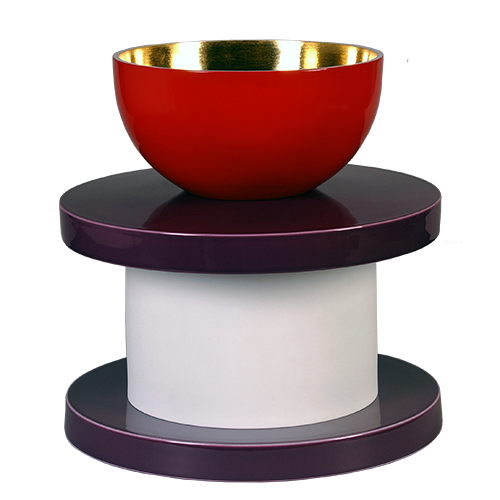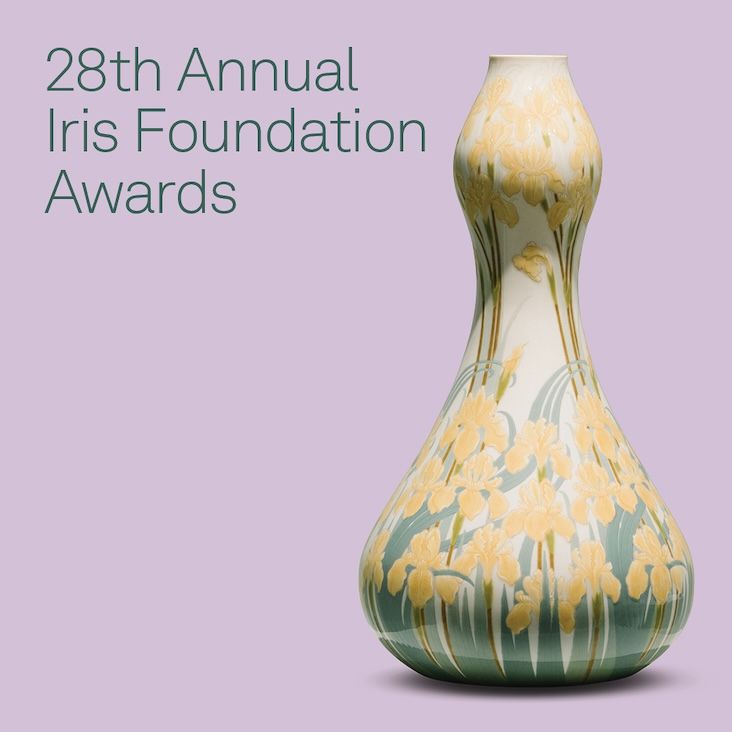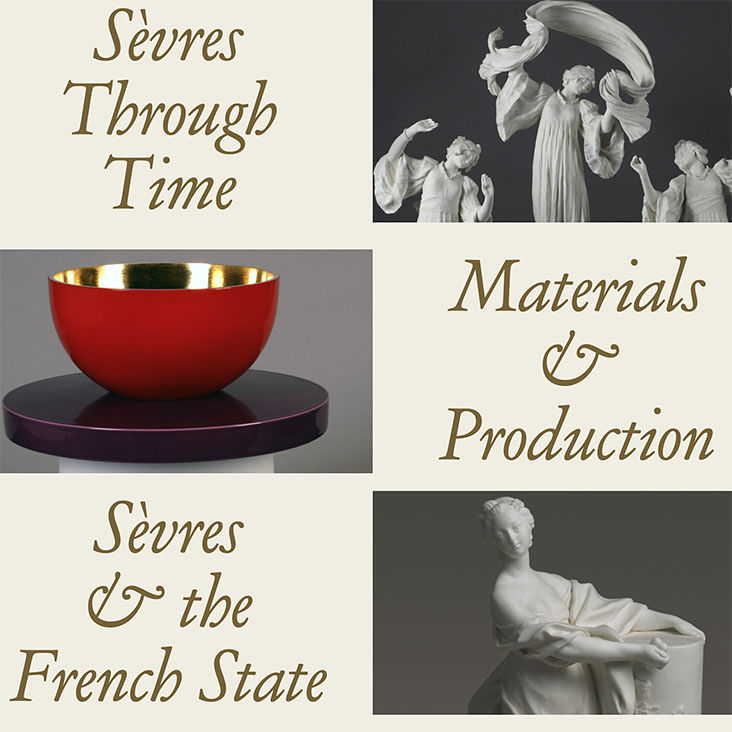Fashion and textile history have been a part of Bard Graduate Center’s curriculum since it was established twenty-five years ago. Within our broad curriculum, these areas of study relate to other disciplines, particularly design history, anthropology, and archaeology. While we emphasize the material aspects of three-dimensional garments and textiles used to create clothing and furnish interiors, the multiple perspectives through which we investigate these objects include art, social, cultural, political, and economic history; the history of production and consumption; and gender. Literary sources are also key to understanding the physically intimate and profoundly emotional relationship that women and men have to their clothing—a representation of self and a boundary between the individual and the social body.
One of the hallmarks of BGC is the seamless integration of teaching and research. Graduate seminars are taught by the faculty who organize the seminar series, symposia, and publications and who select visiting fellows. These research events, in turn, inspire new faculty and student work. In this online series we re-present to you research at BGC as facets of faculty teaching and publishing. Themes reflect curricular foci and areas of special strength.
Interview: Michele Majer
Professor Michele Majer talks to Dean Peter N. Miller about the types of historical questions—social, cultural, economic, political—that fashion allows us to explore and what is on the horizon for fashion research—from menswear to the question of “what is fashion?”
Publications: French Fashion, Women, and the First World War
An unprecedented examination of the impact of fashion on society in France throughout the Great War. Read the introduction and chapter on “Fashion, Gender, and Anxiety,” by curator and BGC alum Maude Bass-Krueger (PhD ‘16).
Lectures: Blum, Kim, Hiner & Silverman
Watch lectures by visiting speakers recorded on 86th Street: Dilys Blum’s “From Industry to Art: Collecting and Exhibiting Textiles,” Minjee Kim’s “Hanbok in Modern and Postmodern Times,” Susan Hiner’s “Behind the Seams,” and Willa Silverman’s “Henri Vever: Art Nouveau Jeweler and Collector in Fin-de-Siècle Paris.”
West 86th: Questions of Fashion
Lilly Reich’s article, “Modefragen,” originally published in 1922 in Die Form was translated by Annika Fisher for BGC’s journal West 86th. Reich discusses recent developments in the design of clothing as well as the industrial, financial, and societal changes of the time.
Exhibition Video: Staging Fashion
In this video, made for the exhibition Staging Fashion, 1880-1920: Jane Hading, Lily Elsie, Billie Burke, professor and curator Michele Majer talks about her research on the link between fashion and theater that led to the exhibition.
Object of the Month: Thomson Cage Crinoline
From the exhibition Fashioning the Body, BGC alum Kirstin Purtich (MA ‘15) examines the nineteenth-century cage crinoline, describing the cage as both an industrialized extension of the female body and an object that distances the wearer from herself.
Conservation Conversation: Riello & Scaturro
Giorgio Riello examines objects that reveal the challenges and opportunities of conservation and the problems fashion encounters in becoming old. Sarah Scaturro (BGC PhD candidate) looks at damaged and decaying garments, and asks “what happens when fashion fails?”
Interview: Mei Mei Rado
BGC alum Mei Mei Rado (PhD ‘18) is an art historian specializing in textiles and dress, and is the Associate Curator of Costumes and Textiles at the Los Angeles County Museum of Art (LACMA). Learn about what brought her to BGC, her research, and her professional goals.
Image Credits: [Publications: French Fashion, Women, and the First World War] Photograph: Bruce White. [Exhibition Video: Staging Fashion] Photograph: Bruce White. [Object of the Month: Thomson, Cage Crinoline] Cage crinoline, ca. 1860. Metal hoops covered in cotton. © Musée des Arts décoratifs, Paris, UF 90.01.5. Photograph: Patricia Canino.



















